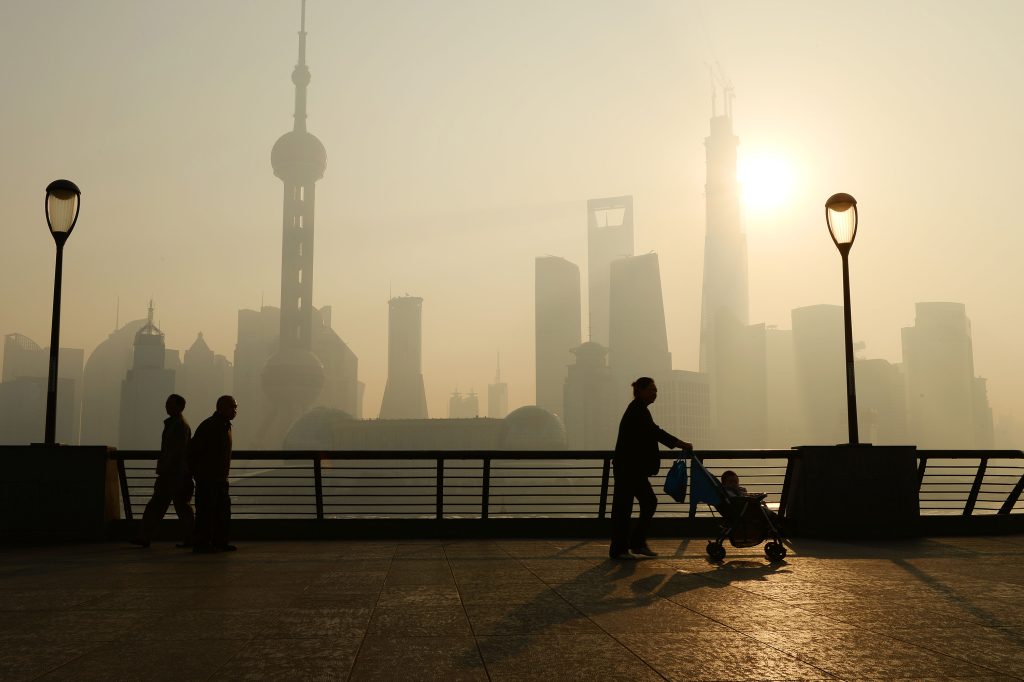In developed countries, after decades of high-pollution landfill practices, waste collection and waste treatment systems have moved toward the recovery of materials (recycling and re-use) and of energy (incineration).
These less polluting activities have made our trash a profitable industry with excellent market expectations, consequently attracting energy multinationals and recycling companies, as well as mafia groups.
For them, the statement “the best waste is the one that has never been produced” is a complete heresy!
Still, waste collection and treatment activities require enormous quantities of energy and other resources to be performed.
The never-ending story about diffusion of pollution due to increasing transportation needs, rising chemical products use in agriculture, industrial contaminating activities and extraction industries is making our natural environment more vulnerable with every day, and its capacity to regenerate is crumbling.
Data from the Global Footprint Network shows that in 2016 our consumption exceeded the Earth’s yearly capacity to regenerate natural resources and absorb human impact by the 8th of August!
In other words, the “Earth Overshoot Day” is like the day you go into your bank overdraft, and it’s happening sooner every year.
The World Health Organization estimates that in 2012 exposures to polluted soil, water and air resulted in an estimated 8.9 million premature deaths worldwide.
This finding more than doubles previous estimates and confirms that pollution is now the world’s single largest environmental health risk, responsible for 1 out of 6 deaths worldwide.
Looking at population exposure to insalubrious air, the World Health Organization estimates that 92% of the world’s population lives in places where the levels of air pollution exceed the quality limits.
Reducing pollution could save millions of lives and consequently enormous amounts of resources used for public health systems.
In the World Bank’s recent “The Cost of Air Pollution” report, it is estimated that air pollution cost the world’s economy $225 million in labor income losses and $5.1 million in welfare losses.
In this scenario, what is desirable for urban centers in the future? How can they be sustainable, durable and resilient to externalities?
We need to regenerate existing cities by increasing green areas and accommodating nature within cities.
Some examples are Singapore or Paris launching extraordinary green roof campaigns, New York promoting urban gardens and Milan with its vertical wood building. Our cities should be places of biodiversity, allowing the co-habitability of most living species and the refurbishment of local natural resources.
 Stéphane Jedrzejczak is a researcher at the Interdisciplinary Unit for Sustainable Economy based at University Cattaneo in Italy, and contributor at UrbanizeHub. He has been working on local development projects in Italy and abroad (Mongolia and Nepal) and on waste issues with an international NGO in Brussels. He is currently a PhD candidate focusing is research on sustainability issues during business incubation and development. He has previously obtained a Master in Local Development and a Master in International Business Management.
Stéphane Jedrzejczak is a researcher at the Interdisciplinary Unit for Sustainable Economy based at University Cattaneo in Italy, and contributor at UrbanizeHub. He has been working on local development projects in Italy and abroad (Mongolia and Nepal) and on waste issues with an international NGO in Brussels. He is currently a PhD candidate focusing is research on sustainability issues during business incubation and development. He has previously obtained a Master in Local Development and a Master in International Business Management.
Photo: museumofthecity.org






